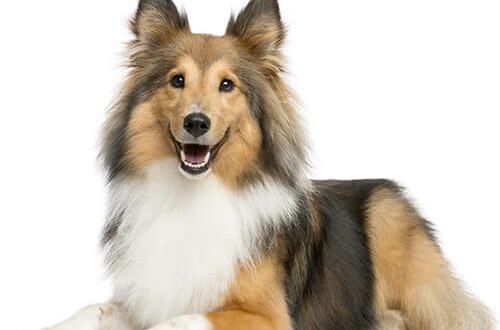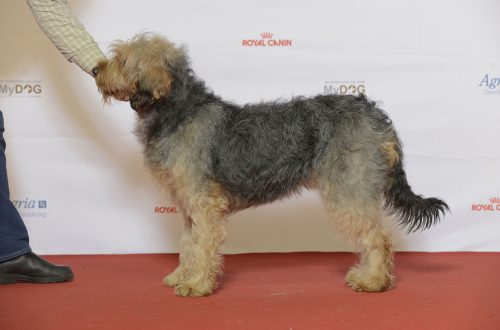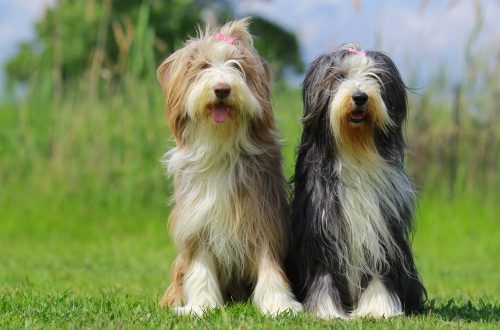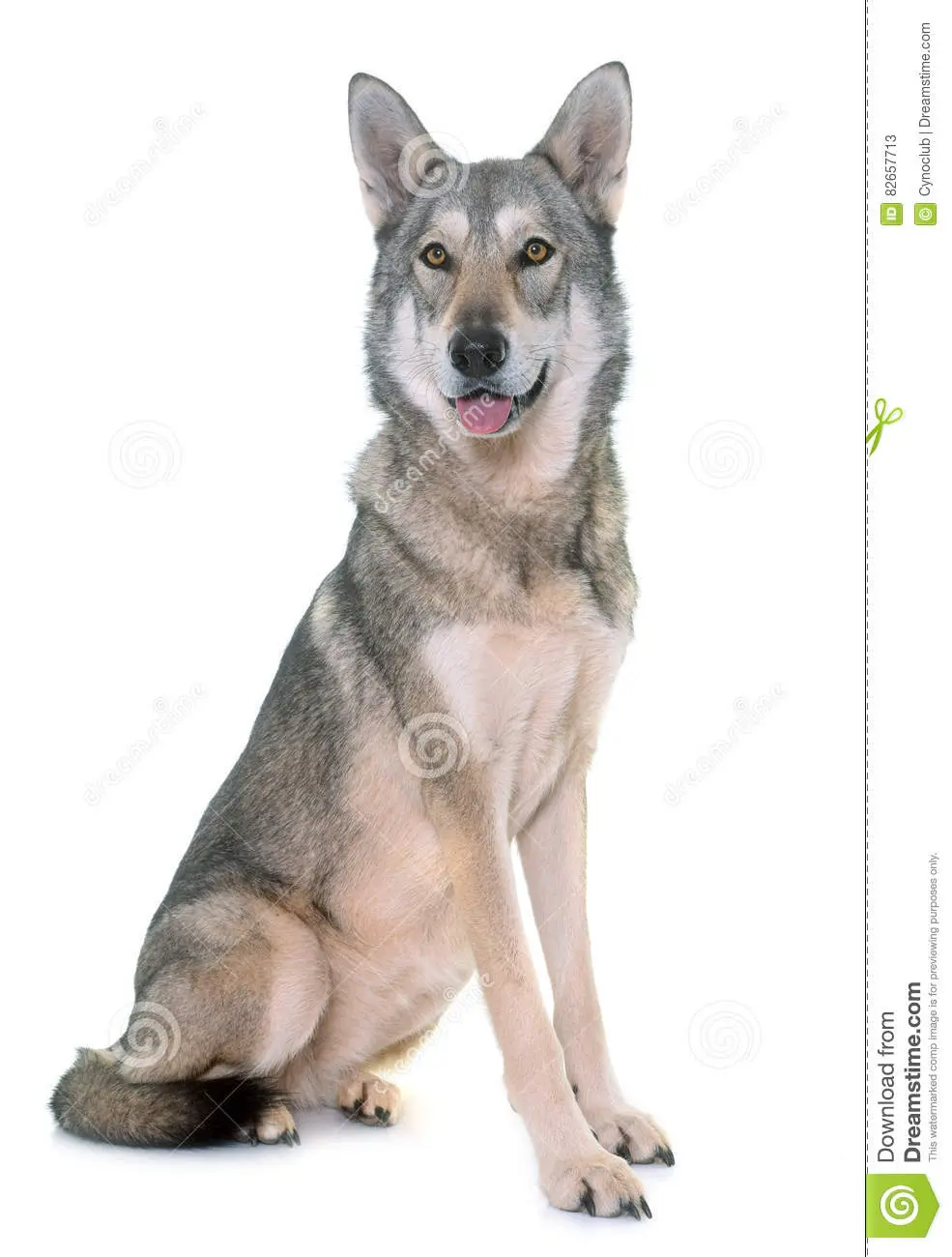
Wolfdog of Sarlos (Saarlooswolfdog)
Contents
Characteristics of Wolfdog of Sarlos
| Country of origin | Netherlands |
| The size | Large |
| Growth | up to 75 cm |
| Weight | up to 45 kg |
| Age | 12–16 years old |
| FCI breed group | Herding and cattle dogs other than Swiss cattle dogs |
Brief information
- Calm, non-aggressive dog;
- Attentive, easily captures the mood of others;
- Used as a guide and rescuer.
Character
The Sarlos wolfdog owes its appearance to the Dutch sailor and animal lover Lander Sarlos. In the mid-30s of the last century, he seriously approached the issue of improving the health and working qualities of his beloved German Shepherd . In addition, he hoped to develop dogs that could optimize the work of the police.
Noting all the advantages of German Shepherds, Sarlos still believed that they, like other modern breeds of dogs, are too different from their ancestors, which is not good for them. He did not like decorative breeds at all. Having experience with wild animals, he decided to cross his German male with a she-wolf. From that moment on, a long and painstaking work began on breeding the ideal breed of dogs, combining endurance, strong immunity, the appearance of a wolf and devotion to a person, the obedience and mind of a German shepherd. The selection continues to this day, today leading Dutch breeders and four-legged representatives of the official club take part in it.
Saarloswolf, as it is also called, is a very brave dog, capable, thanks to its wolf-like sensitive sense of smell, to instantly understand the mood of a person and, if necessary, protect him from danger. Trained representatives of the breed are used in rescue operations, as they are not only able to find people, but also to drag things that exceed their own weight.
Behaviour
Unlike their wild progenitors, the Sarloos wolfdog is strongly attached to people and is not capable of intentionally causing harm, on the contrary, these dogs are very caring and attentive. Excellent memory and ability to navigate the area made them popular guides in the Netherlands.
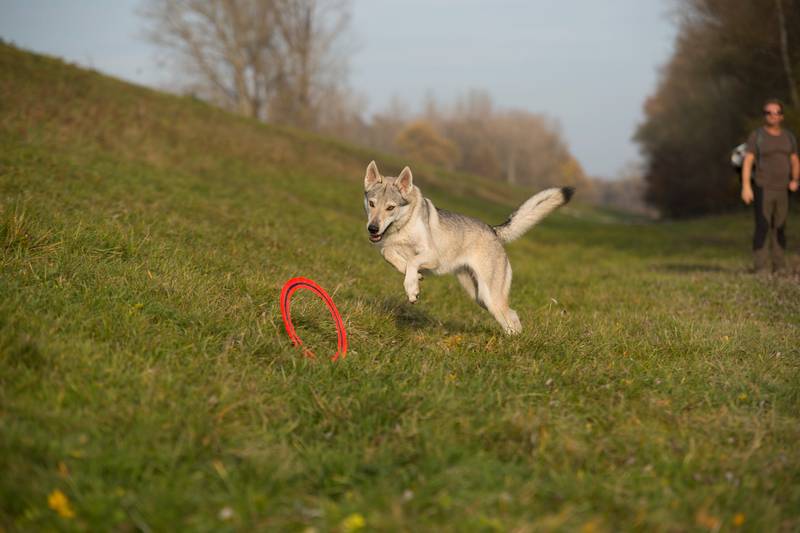
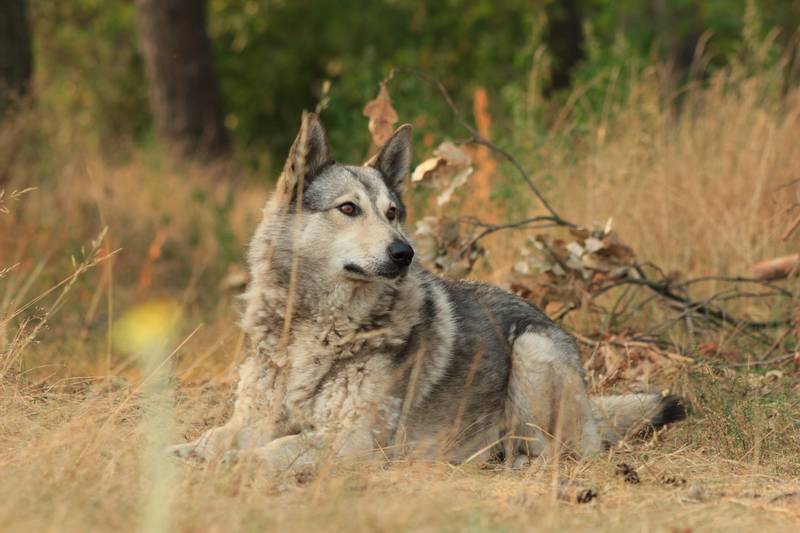

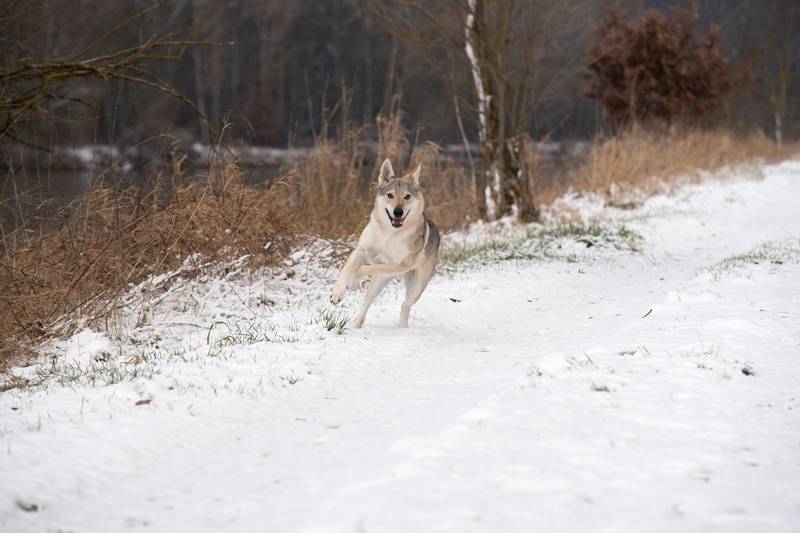
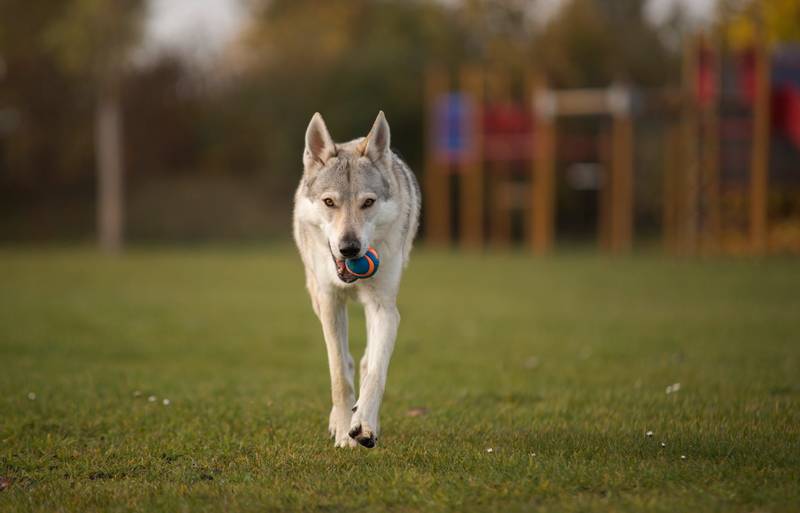
These dogs also differ from wolves in their craving for society. They prefer to be close to the family, including in the company of other pets. More and more people are getting wolf dogs as companions, even families with children.
Saarloswolf needs early socialization – his wolfish shyness makes him withdrawn and extremely wary of strangers, but constantly being around them will make him more confident. Also, this breed needs a long and painstaking training , not always available to the owners. It is better that specialists are engaged in raising a wolf dog.
Wolfdog of Sarlos Care
Lander Sanders achieved one of his goals: the animals of the breed he bred have strong immunity and do not suffer from chronic and genetic diseases.
The coat of these dogs is quite thick and hard, it sheds only in winter and summer. During the year, representatives of the breed must be washed and combed out at least once a month, during molting – more often. The skin of a wolf dog produces fat that warms in cold weather and cools in hot weather, so you should not bathe them often so that it does not wash off.
It is important to monitor the condition of the teeth and eyes, if necessary, clean; You need to visit a veterinarian for a routine checkup.
Conditions of detention
Saarloswolf, due to its impressive size, can only live in a spacious apartment, house or fenced yard, but not on a leash and not in an aviary. He needs long walks: closed space and a monotonous lifestyle are bad for his mental health.
Wolfdog of Sarlos – Video



